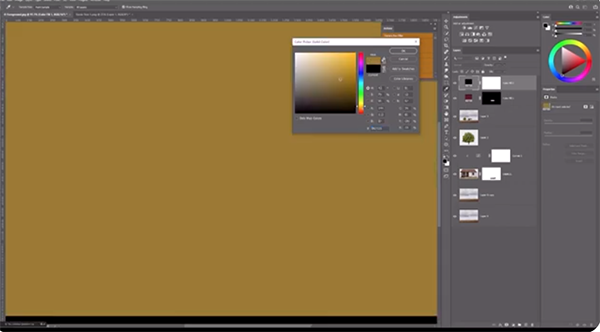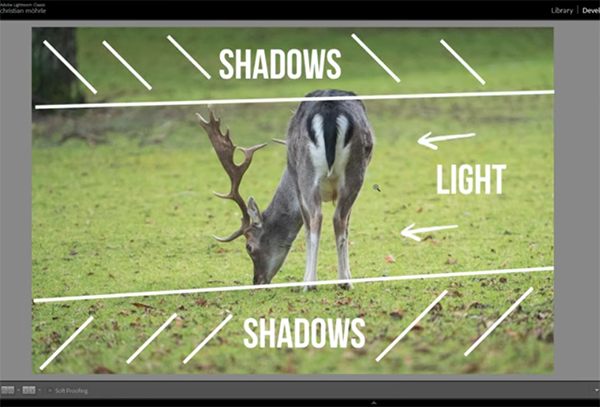Pine Cliffs Resort Summer gala presents Ronan Keating, Algarve, Portugal
What: Ronan Keating as star performer at the Summer Gala
Where: Pine Cliffs
When: August 2025
Why:
Ronan Keating, the iconic Irish singer and songwriter, will be the star of a magical night at Pine Cliffs Resort, in a special concert that promises to move the audience.
Pine Cliffs Resort
Pine Cliffs Resort is a unique and exquisite location, with a prime seaside setting on the stunning Algarve coast, in southern Portugal.
The Summer Gala at Pine Cliffs Resort has been taking place for over 22 years and has always featured renowned international music acts, making it one of the highlights of the Algarve’s summer cultural programme.
Ronan Keating
With a brilliant career spanning generations, Ronan has won millions of fans worldwide, both as the lead singer of Boyzone and as a solo artist, with timeless hits like When You Say Nothing at All, Life is a Rollercoaster, and If Tomorrow Never Comes.
With his unmistakable voice and charismatic presence, Ronan Keating continues to enchant audiences, guaranteeing a memorable show in one of the most stunning settings in the Algarve.
HOW MUCH: Early Bird tickets €49
CHECK AVAILABILITY
Early bird tickets at €49.00 pp.
The post Pine Cliffs Resort Summer gala presents Ronan Keating, Algarve, Portugal appeared first on The Travel Magazine.






















